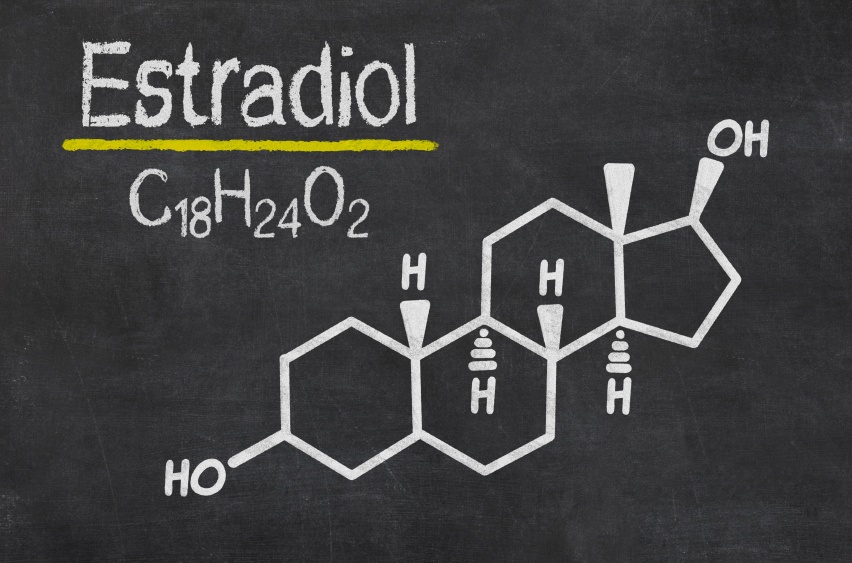A novel use for magnetic separation:
A group of researchers creatively developed a way to selectively bind 17-β estradiol, a common environmental estrogen pollutant, and remove it from water samples by synthesizing photonic-magnetic responsive molecularly imprinted microspheres (PM-MIMs). This one tool combinesmolecularly imprinted polymers. This work opens the door for further innovation using magnetic separation.
1. Molecularly Imprinted Polymers (MIPs)
Molecularly imprinted polymers demonstrate highly specific affinity for the target molecule. This is because MIPs are polymerized in the presence of an exact template of the target molecule. The template is removed after polymerization is complete, and leaves behind a complementary cavity. Thus, the target molecule fits into the MIP cavity like a key fits into a lock.
2. Stimuli-Responsive (SR) Polymers
Stimuli-responsive polymers can change their physical and chemical properties when exposed to changes in light, pH, magnetism, or temperature. Upon exposure to external stimuli the polymers can change molecular chain structure, shape, surface structure, optical properties, or electrical properties. These polymers can be useful when a researcher wants to have complete control over when the polymers are able to bind to the target molecule, and when they release it. The polymer used in this study was photo-responsive to different wavelengths of light.
3. Combining the two to get SR-MIPs
In this work, the researchers generated a photo-responsive MIP with specific binding to the target molecule 17-β estradiol. This allowed for photo-regulated control over uptake and release of the 17-β estradiol. SR-MIP had previously been developed, but they were difficult to recover from solution using traditional centrifugation and filtration methods. Magnetic separation techniques can solve this problem as long as the magnetic microspheres are properly surface functionalized for additional PR-MIP polymerization.
Synthesis of PM-MIMs
The photonic-magnetic responsive molecularly imprinted microspheres (PM-MIMs) were prepared by seed polymerization. First, the magnetic nanospheres (Fe3O4) were synthesized and functionalized with vinyl double bonds on a SiO2 surface. Then, those functionalized magnetic nanospheres were mixed with the template molecule (17-β-E2) and the photoresponsive functional monomer. More details about the exact polymerization conditions can be found in the publication cited below. Upon testing, the PM-MIMs were rapidly separated from solutions under application of an external magnet. Additionally, they demonstrated specific affinity for 17-β estradiol and fast binding kinetics under application of 440nm light. The PM-MIMs served as a good photoswitch because they released 45% of the 17-β estradiol when 365nm light was applied. The specificity of MIPs and the reversible binding control of SR polymers expands the possibilities of using magnetic nanoparticles for separation, enrichment, and detection of target molecules.
Related news
- Magnetic-bead coatings and surface functionalization strategies
- A new microfluidic technique to create fluorescent and magnetic Janus particles
- Magnetic Nanoparticles





